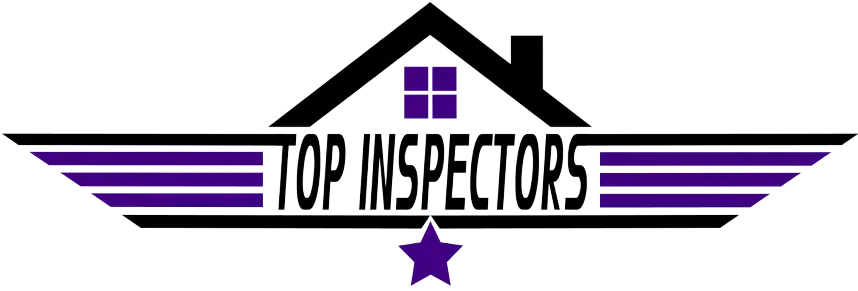Blog Posts
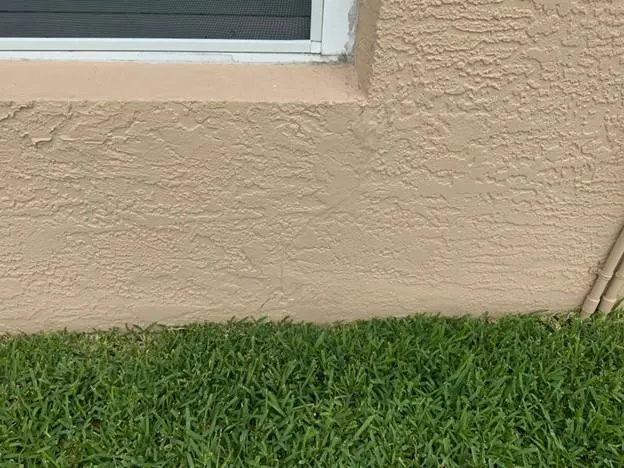
When Should I Be Worried About Stucco Cracks?
When Should I Be Worried About Stucco Cracks?
Let's Talk About Stucco Cracks
One day, my wife and I were putting our sons to bed when we found a large damaged area of drywall on the wall. My first thought was that the boys had put a hole in the wall from roughhousing. However, upon closer inspection, I found that the wall was wet. The floor was also wet, and the wood laminate was beginning to buckle and warp. This is not something any of us want to see. My initial reaction was to suspect a plumbing leak, but I quickly realized that there is no plumbing in that area and crossed that off the list. Upon further investigation, I found some small cracks on the exterior stucco of our home just opposite the wet area. Small cracks can lead to big problems, especially in a humid place like Florida! Many people don’t realize that even very small cracks can allow moisture intrusion, leading to bigger issues down the road.


So, when should cracks in your stucco be repaired?
Stucco is, after all, a concrete product, which means it will crack at some point. There are a few different types of cracks in stucco, each varying in shape, size, and implication. Here are the main types of stucco cracks and what they mean:

Hairline Cracks:
This type of cracking is typical and will almost certainly occur. However, even these tiny cracks pose a risk of moisture intrusion. Consider using an elastomeric sealant to seal these cracks and then paint over them to create an additional moisture barrier.
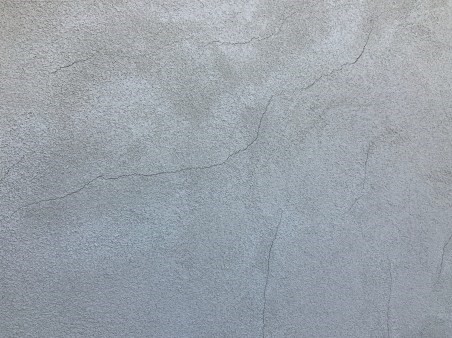
Spider Cracking:
Spider cracking spreads out like a spider web in all directions and is typically caused by a poor initial installation of the stucco. This could eventually lead to stucco failure or the stucco coming loose from the home. A stucco contractor would be able to determine if the stucco is failing and if it needs to be repaired or re-applied.

Pattern Cracking:
If the stucco is cracking in patterns, this is most likely due to poor installation of the stucco or the “lathe” underneath. Consider consulting a stucco contractor.

Peeling Stucco:
Peeling or flaking stucco usually means that there is already moisture behind it, causing the stucco to fail. This will likely need to be removed and replaced by a stucco contractor.
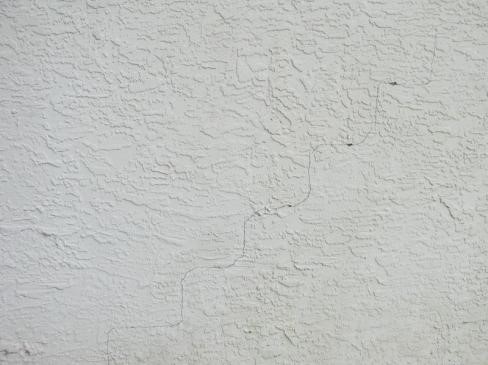
Stair-Step Cracking:
Stair-step cracking could be a sign of minor to major settlement, or it could indicate shrinkage between blocks if the home is constructed from block. If the cracks are wide, a masonry specialist should be consulted to determine if it is just shrinkage that can be repaired or “tuck-pointed,” or if there is a structural issue.
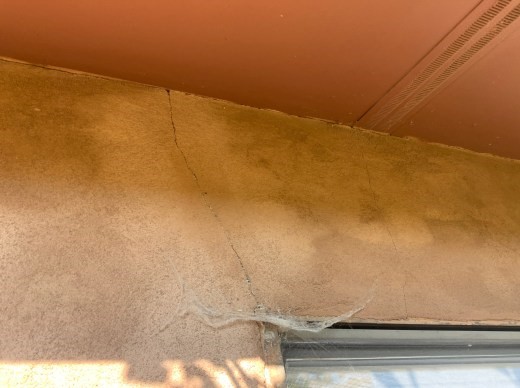
Lateral or Structural Cracking:
If a crack is wider on one side than the other, it usually means the structure is moving and is almost always a sign of structural settlement. If the cracks show signs of displacement, consider hiring a structural engineer to determine if the home is continuing to settle. Significant settlement could cause very large and expensive repairs later.
A Few Tips on Maintaining Stucco and Preventing Bigger Issues Later On:
Seal Any Cracks: Even hairline cracks can allow moisture to intrude. Seal any cracks you see or hire a professional to do it for you.
Adjust Your Sprinkler Systems: Ensure that your sprinkler systems aren’t spraying directly onto the home. This condition introduces moisture directly to areas that could have cracks and can wear down the stucco, causing cracks.
Install Gutters: Consider installing gutters at the lower eaves around your entire home if you do not already have them. Gutters carry storm water away from the home and distribute it safely.
Clean Your Gutters: If you already have gutters, make sure to clean them at least twice a year. Blocked gutters can overflow, causing water to flow backward onto the stucco and potentially damaging the gutter system due to rust or excessive weight.
Conduct a Mini Home Inspection: Perform your own mini home inspection for your stucco once or twice a year. This will help you identify problems as soon as they arise, allowing you to fix them before they become significant issues.
An annual home inspection can be a very important and effective way of maintaining the integrity of your stucco and overall home structure. A certified home inspector can provide a thorough inspection and identify issues you might overlook. Taking proactive steps can save you from costly repairs and ensure the longevity of your home.
Schedule Now
